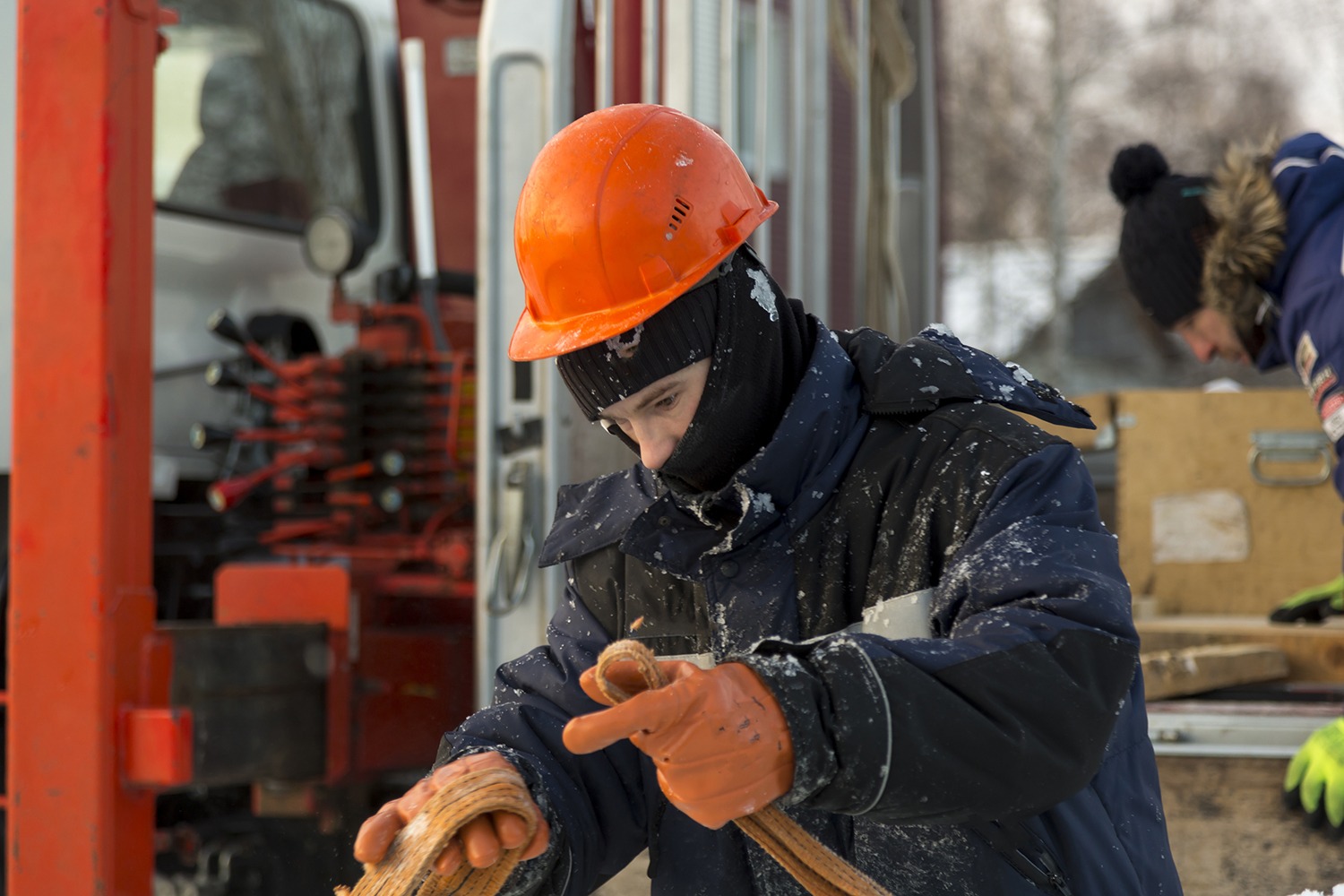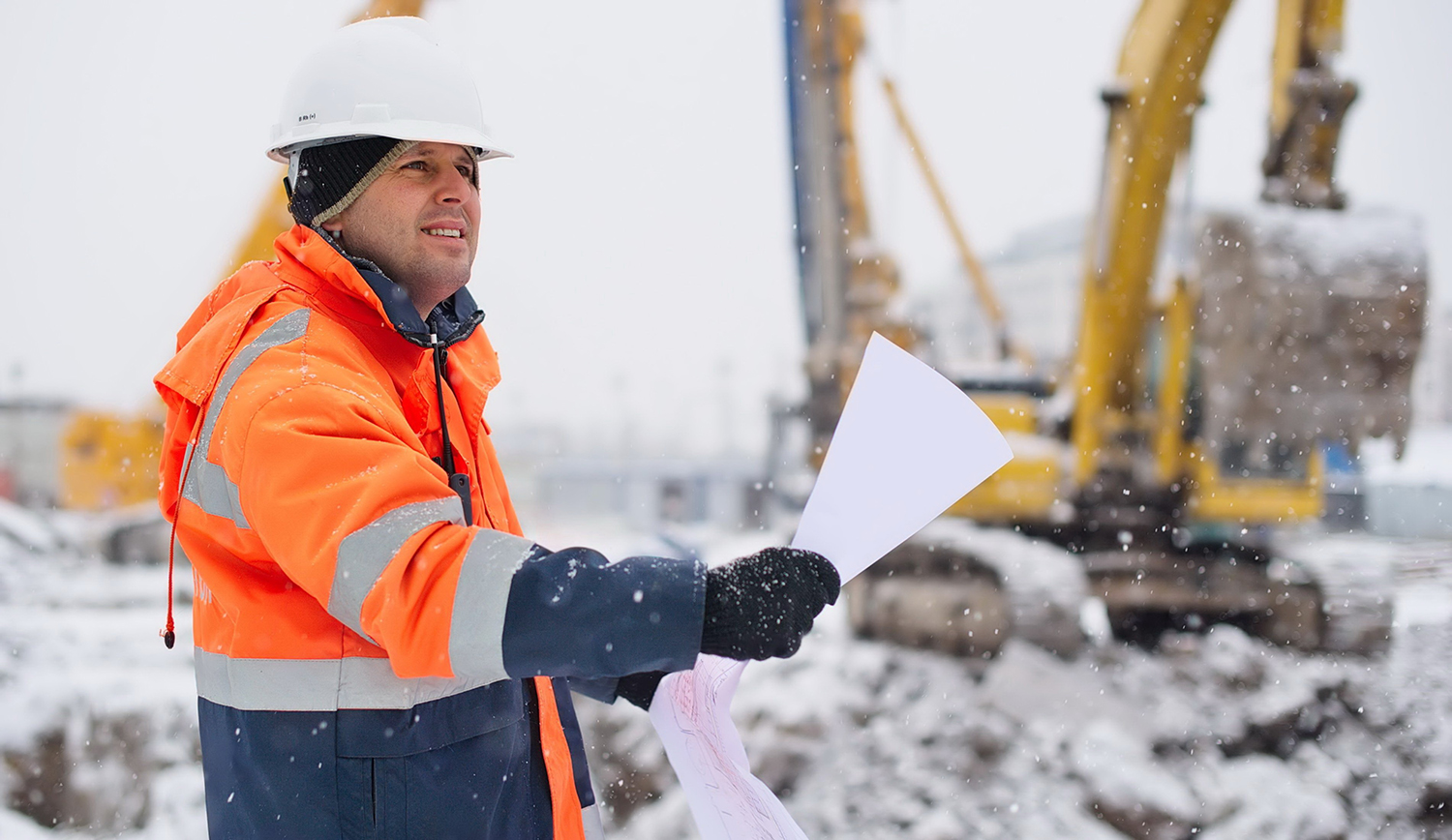Wear Loose Clothing, Wear Layers
Tight clothing will restrict your blood flow, making your body less effective at equalizing its temperature. Believe it or not, multiple layers of loose clothing are the most effective protection against the cold. OSHA even outlines how to wear three layers, with specific materials for each layer:
An inner layer of wool or synthetic material that is both insulating and moisture-wicking. A moisture barrier between your clothing and skin is important to keeping moisture away from your body (even sweat) so it doesn’t freeze.
A middle layer of wool or synthetic material that is rated as moisture-repellant to keep melting snow and ice from soaking deeply into your clothes.
An outer layer that is rain and moisture-resistant but ventilated to keep you from overheating.
Cover Your Face & Mouth
Depending on your job, you may want a mouth and/or face covering to keep your face warm and away from the wind and cold temperatures. When frostbite occurs, it typically starts at the tip of your nose. Covering your nose will greatly protect you from sudden frostbite.

Wear a Hat That Protects Your Ears
Your ears act as heat vents for the rest of your body. With that said, it’s important to cover your ears in the winter to keep your body heat from escaping too quickly. Head coverings come in all shapes and sizes, and there are even varieties that can fit under a hard hat.
Use Insulated Gloves
While frostbite will form on an exposed nose first, your fingers aren’t far behind. Insulated gloves are a must—specifically gloves that are water resistant. Insulated gloves are useless if they get wet—that water will freeze and damage your hands all the same.
Invest in Insulated & Waterproof Boots
Boots are like gloves—they can only protect you from the cold if they protect you from getting wet. Insulated boots are important to keeping your feet warm, but they also have to be waterproof or you’ll eventually find that water makes its way in and freezes or drenches your feet. Wet feet can be just as dangerous as cold feet!
Are you in need of a proper winter uniform for your employees? We are a uniform company that operates in the New England area, and we can create a custom uniform that keeps your workers safe while making them look good in the process.

